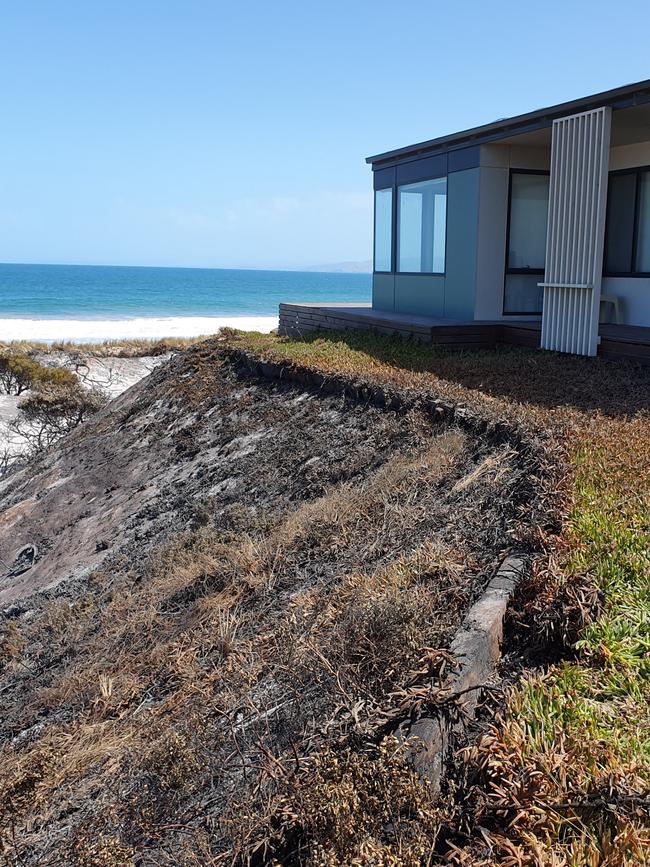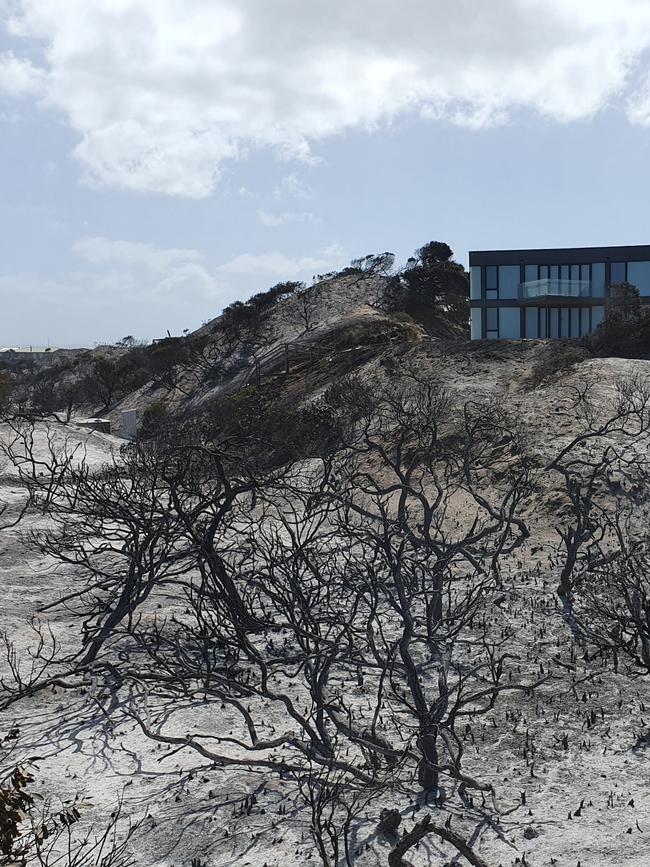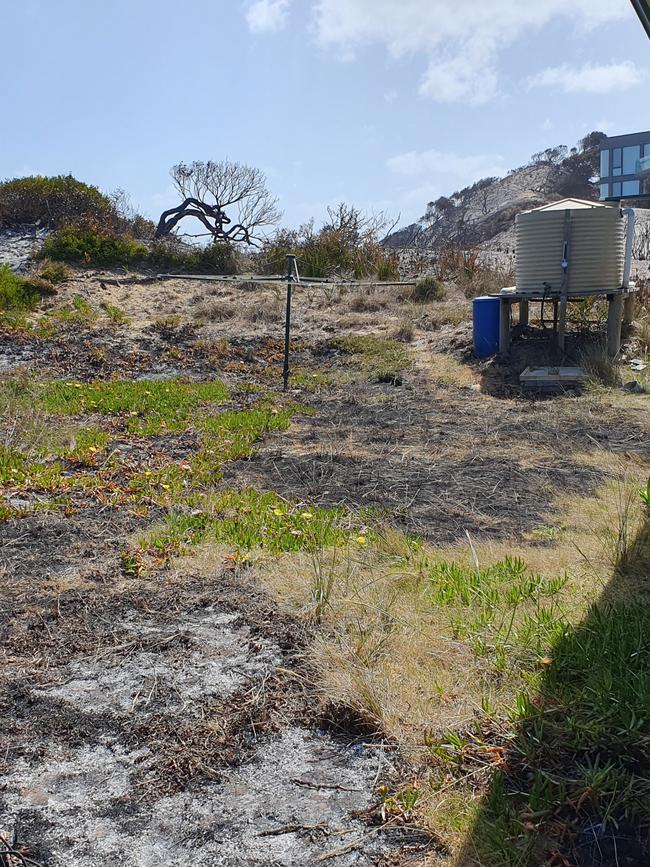Tasmania weather: Extreme heat, heatwaves and bushfires forecasted for this summer
As scorching heat and bushfires have been forecasted across the state this summer, authorities have issued a health warning to the public.

Tasmania
Don't miss out on the headlines from Tasmania. Followed categories will be added to My News.
With scorching heat, heatwaves, and bushfires expected across the state this summer, authorities have issued an urgent health warning to the public.
The Australasian Fire and Emergency Service Authorities Council and Bureau of Meteorology’s summers outlook reveal Tasmania is forecasted to have an increased risk of extreme heat, heatwaves and bushfires this summer.
“We do warn of severe heatwaves and extreme heatwaves and that’s at the level of heat that people do struggle to cope with,” senior meteorologist Brooke Oakley said.

“There is more than a 50 per cent chance of unusually hot conditions in the North East of the state and that’s when temperatures could reach the top 20 per cent of historical records. All of Tasmania is expected to have above median temperatures, it’s just the signal is the strongest in the North East.
El Niño is continuing to drive the increased risk of heatwaves through the summer, but close to average rainfall is expected across the state.
“The seasonal bushfire outlook does indicate that an area in the South East of Tasmania is at increased risk of bushfire this summer due to the fuels being drier than we’d expect at this time of year,” Ms Oakley said.

Tasmanian Department of Health director of public health Dr Mark Veitch said hot weather and heatwaves are harmful to the public’s health.
“We know that when there’s heatwaves, the ambulance call outs can increase by up to 30 per cent particularly for people who are over 65 and people who are less than five years,” he said. “We also know that during heatwaves in Tasmania, emergency department attendances could go up by 5 per cent or so.”
Dr Veitch said there is a higher risk of harm to children, elderly or frail people, people living with a chronic illness or are pregnant.
“Even healthy people, if they do imprudent things in the heat of day, it can do harm to themselves,” he said. “If it’s a hot day, getting over 30C or above, it’s not going to make you fitter by pounding up a steep hill.”


Tasmanians can protect themselves from extreme heat starting with keeping their house cool by drawing blinds and curtains, using airconditioning and opening windows for airflow in the evenings.
“Water is the best thing to rehydrate yourself with during hot weather and we encourage people on a hot day to keep ahead of dehydration by drinking even if you’re not feeling particularly thirsty,” Dr Veitch said.
Meanwhile, the Tasmania Fire Service is urging Tasmanians to act now, before it is too late.
“We cannot be any clearer, we need the community to act now and do what they can to protect themselves from bushfire,” TFS deputy chief officer Matt Lowe said.


“Site inspections of the recent bushfire at Dolphin Sands have shown first-hand how hazard reduction and property preparation can help protect homes.
“We know we are going to have more bushfires this summer, and we need everyone to play their part.”




